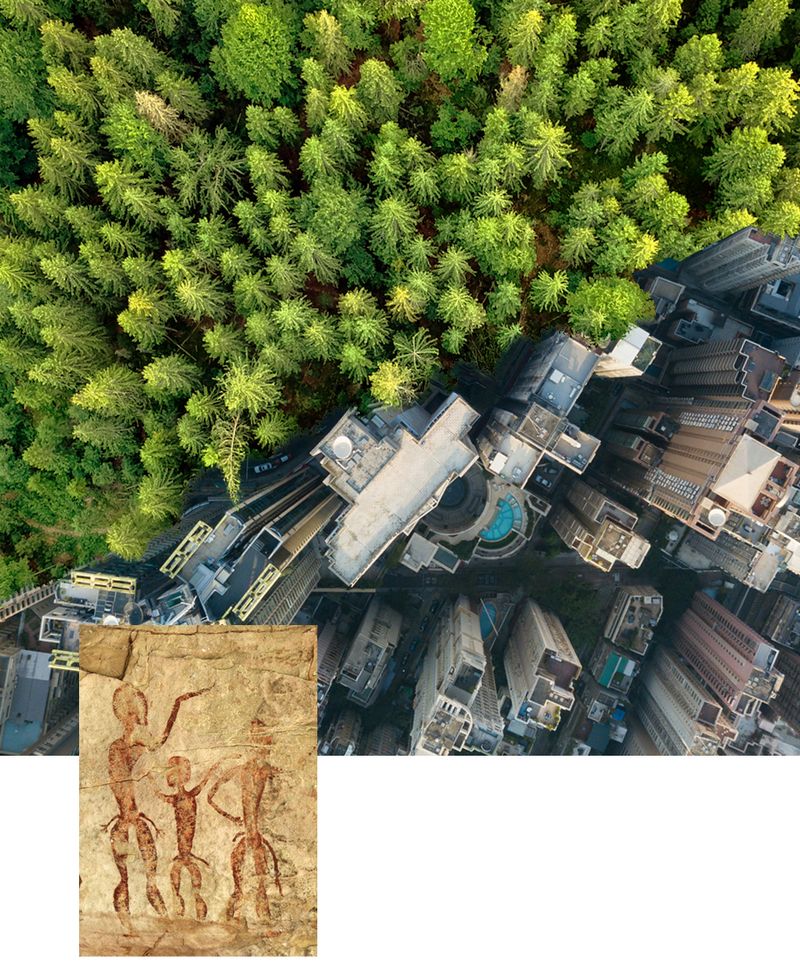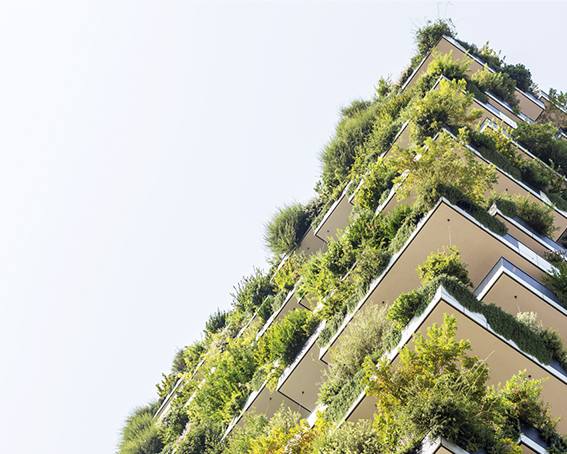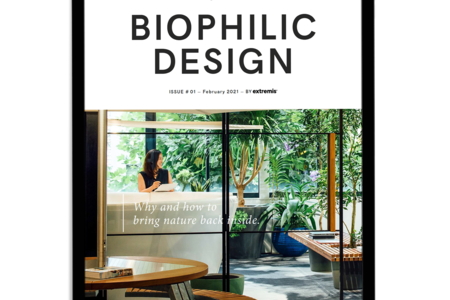As humans, we always seek a connection with nature and other life forms. The field that looks into this phenomenon is biophilia. It emerged in 1984 and was pioneered by Edward O. Wilson, an American biologist, naturalist and writer.
Biophilia, an introduction


Human history
The majority of our instincts are handed down from our ancestors, who lived a hunter-gatherer lifestyle before the domestication of animals and agriculture. We love the sound of a stream because it tells us that we have access to fresh water and therefore that our chances of survival are good. No amount of bottled water will erase this fundamental programming.
Our connection to nature is why we, as mammals, are attracted to other young mammals and want to care for them. A little face with large eyes is something that triggers a nurturing response in us. It’s why we think puppies and kittens are so cute, and why we will sometimes risk our own lives to save them from harm. It’s about life making other lives thrive.
It was agriculture that set us on the path we are on today, no longer a part of the natural system, but creators ourselves. Now we have industrial-scale farms, our huts are made of concrete and our inventions are produced on a global scale. Inside each of us, however, the basic need for nature lives on.
In the second episode of our podcast ‘Why on earth’, we uncover how our connection to nature is rooted in our evolution, and why you may need more of it, for your benefit and the planet.
Go to the podcast →
Back to the roots
Biophilic design reintroduces nature to the built environment. A space can feel more natural thanks to its architecture or because of the way it is decorated. Adding live plants or a water feature is an easy example of adding a biophilic touch to a space. But the deeper we go into this field, the cleverer the interventions become.

In the end, we enable everyone to create beautiful spaces that involve nature, using our tools for togetherness.
This connection with nature is part of the Extremis DNA and is found in all of our designs. Architects and interior designers have used our tools for togetherness in many biophilic spaces to great effect. Sticks is the perfect example, dividing a space or creating privacy in a way that feels very natural and open, like reed.
Maybe it’s time to reconnect with nature?
Learn more →




